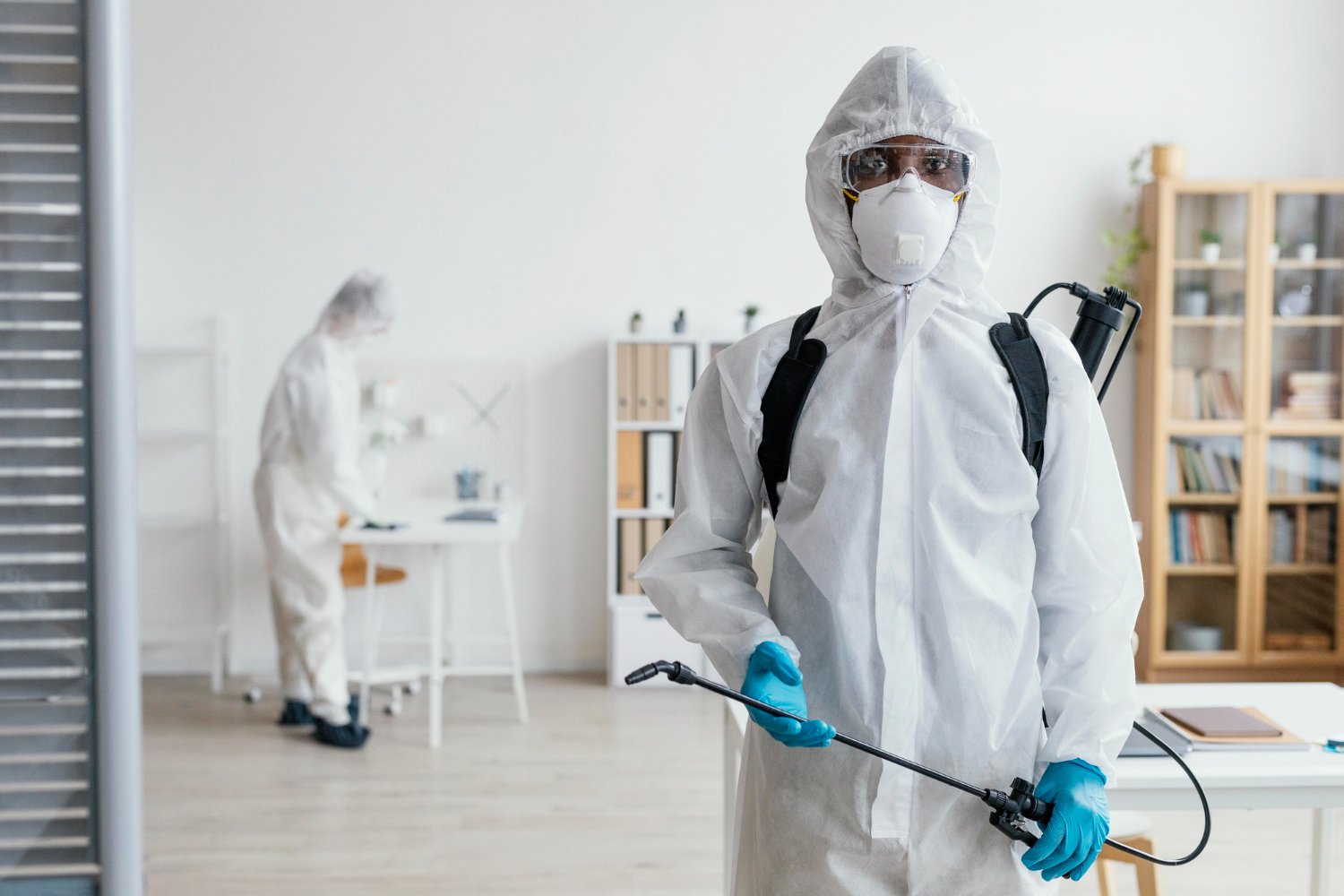A1 Bed Bug Exterminator Charlotte - Specialized Bed Bug Elimination
Wiki Article
Bed Pest Treatment Malfunction: Comparing Chemical Vs. Non-Chemical Solutions
In the realm of pest control, especially when dealing with the persistent problem of bed pests, the choice between chemical and non-chemical therapy solutions can be an essential one. Both techniques offer unique benefits and drawbacks, affecting variables such as performance, safety factors to consider, and overall expense. By analyzing the nuanced information of each method, a clearer understanding of which path to seek in resolving a bed bug infestation can be obtained.Efficiency of Chemical Therapies
Chemical treatments for bed insect invasions have actually been widely identified for their rapid and powerful effectiveness in removing these pests. When thinking about the efficiency of chemical therapies, it is vital to recognize that they can provide a thorough and fast option to a bed bug trouble.Furthermore, chemical therapies have the advantage of supplying residual results, implying that they can continue to get rid of bed bugs even after the preliminary application. This residual action is specifically advantageous in combating any kind of prospective re-infestations. Furthermore, the fast action of chemical therapies can bring relief to people encountering severe bed insect infestations, enabling them to reclaim control of their space quickly.
Safety Worry About Chemical Solutions
One critical element that needs mindful consideration when making use of chemical services for bed insect therapy is ensuring the safety and security of occupants and the environment. While chemical therapies can be reliable in removing bed insects, they may position dangers otherwise managed properly. Among the main security interest in chemical solutions is the possible harm they can cause to human health. Direct exposure to certain chemicals made use of in bed pest treatments can result in respiratory system issues, skin irritation, or other adverse reactions, specifically in people with pre-existing problems or level of sensitivities. Additionally, improper application or dosage of chemical pesticides can cause harmful deposits remaining in the cured location, positioning long-term health and wellness threats to residents.Moreover, the environmental impact of chemical options is another considerable consideration. Some pesticides used in bed insect treatments may be damaging to valuable bugs, wild animals, and ecological communities if they leach into the soil or water supply. It is crucial to make use of chemical therapies sensibly, adhering to safety guidelines, and thinking about less harmful alternatives to alleviate these threats and ensure the secure and efficient management of bed pest invasions.
Benefits of Non-Chemical Methods
Taking into consideration the possible safety and security worries and environmental impact associated with chemical options for bed pest treatment, exploring non-chemical methods offers an appealing option with several unique advantages. Non-chemical therapies are eco friendly, as they do not contribute to air or water contamination, making them a sustainable option see this site for insect control.In addition, non-chemical remedies can be effective in targeting bed bugs, including hard-to-reach locations where chemical therapies may not permeate. Approaches such as heat therapy, vacuuming, steam cleansing, and mattress encasements provide extensive removal without making use of hazardous chemicals. In addition, non-chemical approaches can be less turbulent, calling for very little preparation and enabling quicker reentry right into dealt with locations. Overall, choosing for non-chemical bed pest therapy approaches not only prioritizes safety and ecological protection however likewise ensures extensive and effective pest control.
Limitations of Non-Chemical Treatments

Furthermore, non-chemical therapies typically need multiple applications to achieve successful obliteration. This can be lengthy and might not constantly guarantee total removal of all bed insects and their eggs, especially in covert or hard-to-reach locations.
Furthermore, the success of non-chemical treatments greatly counts on proper application and thoroughness, which can be testing for people without professional knowledge. Poor application of non-chemical methods might result in incomplete eradication, causing persistent infestations and the demand for extra treatments.
Therefore, while non-chemical therapies have their advantages, it is vital to recognize these constraints and consider article them when determining one of the most effective method for managing bed pest invasions.
Cost Contrast: Chemical Vs. Non-Chemical Options
Offered the limitations linked with non-chemical therapies, a crucial facet to assess in the context of bed insect administration is the expense contrast in between chemical and non-chemical alternatives. In contrast, non-chemical treatments rat pest control like heat treatment or heavy steam can be much more pricey, with expenses varying from $1,000 to $6,000 for a whole home. While the first expense of chemical therapies may appear reduced, several treatments might be called for to totally eradicate the invasion, potentially raising the overall expense.Final Thought

Considering the possible safety worries and environmental impact linked with chemical options for bed pest therapy, checking out non-chemical methods offers an appealing option with a number of unique benefits.Given the restrictions linked with non-chemical therapies, a vital element to evaluate in the context of bed pest management is the price comparison in between chemical and non-chemical choices. In contrast, non-chemical therapies like warm therapy or steam can be much more pricey, with costs varying from $1,000 to $6,000 for an entire home. While the first cost of chemical treatments might appear reduced, several therapies might be needed to completely get rid of the problem, possibly increasing the overall cost.In conclusion, when contrasting chemical and non-chemical bed insect treatment choices, it is crucial to consider performance, security, benefits, limitations, and cost.
Report this wiki page